Merlot on the other hand can be grown in many different climates and can make a wonderful wine on its own or be used as a blending grape. Some of the more common places to find Merlot are the Right Bank of Bordeaux (France), Tuscany (Italy), Chile, Argentina and Australia. In the U.S. California and Washington are also known for their Merlot. You can have the same grape, grown in completely different places and they will taste very different from each other. In warmer climates Merlot can produce medium to full bodied wines with big fruit flavors and chocolate notes, whereas in cooler climates, Merlot produces medium bodied wines with more earthy characteristics. Since it can vary quite a bit, it also makes a great food pairing wine for a variety of foods. An article from Wine Folly suggests that lighter and fruitier Merlot generally pair well with pizza, pasta with red sauces and bbq chicken. Merlots that have earthier notes, such as those from Bordeaux, roasted turkey, beef short rib or even ratatouille would pair nicely.
Fun fact about Merlot, did you know it is a sibling to Cabernet Sauvignon? One of the parent grapes to Merlot is Cabernet Franc, which is also a parent grape of Cabernet Sauvignon. The other parent grape to Merlot is a rare variety called Magdeleine Noire de Charentes. Since Merlot and Cabernet Sauvignon are sibling grapes, it makes sense that oftentimes in blind tastings they can be confused with one another. When I was studying for my sommelier exams, those two I often got mixed up, especially if they were from cooler climates.
Here at Bluestone we make Merlot not only as a single variety, but in a few of our blends as well. Current blends that are available in the tasting room with Merlot are the 2016 Bridgewater Crimson, 2015 Houndstooth and 2017 Valley Red (which received a gold medal in the 2022 Governor’s Cup).
There’s a lot more to Merlot than I can put in writing, but you know who knows a ton about Merlot and has worked with it for many years? Our winemaker, Lee. It just so happens that Lee will be hosting a Merlot wine seminar on Sunday August 21st from 2-4 p.m. in the Meeting House. He has hand selected Merlot from different parts of the globe and will also be sharing our newest vintage of Merlot. I’ve even heard that there will be an older vintage brought out of the library just for the event for attendees to do a comparison tasting with our newest vintage.
Tickets are available online or call in to the tasting room to reserve your spot. Each ticket is $35 per person, Press Club members $30 (limit 2 tickets per membership). Don’t delay, reserve your spot today!
Thanks for reading this edition of Out of the Barrel, cheers!

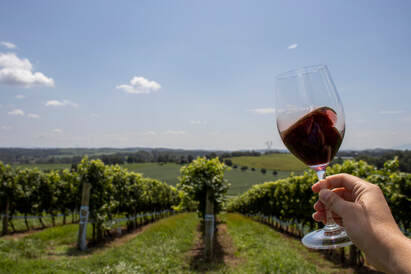
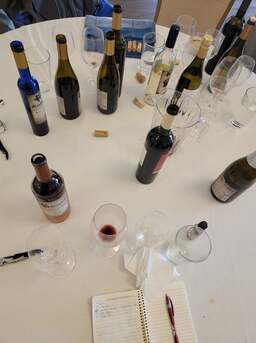
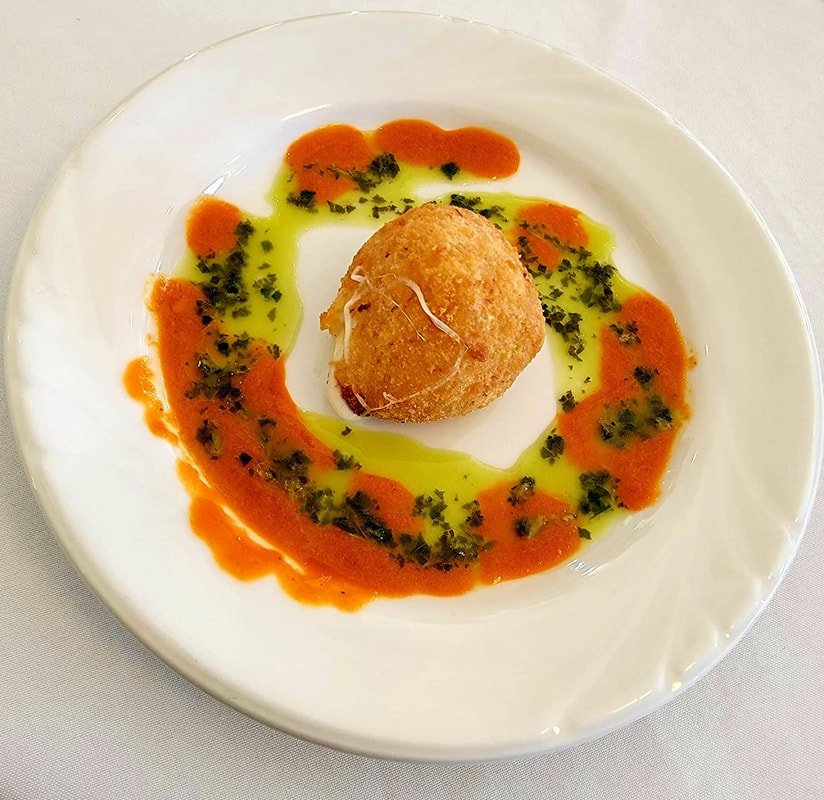
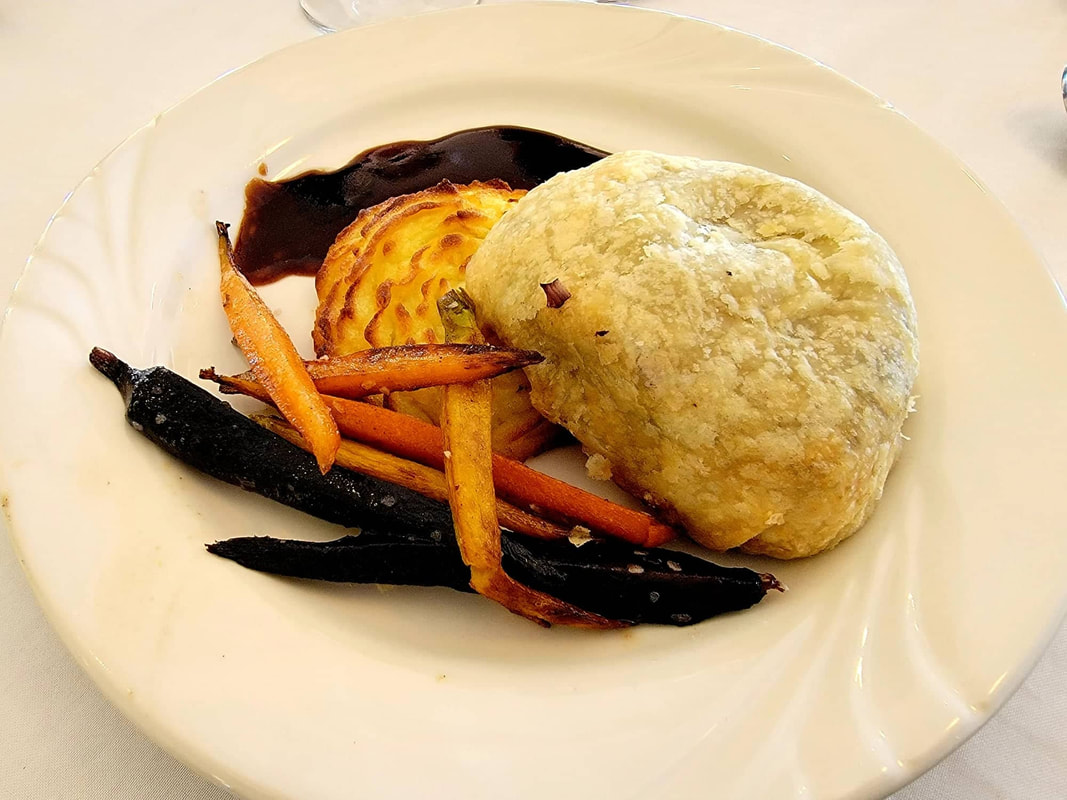
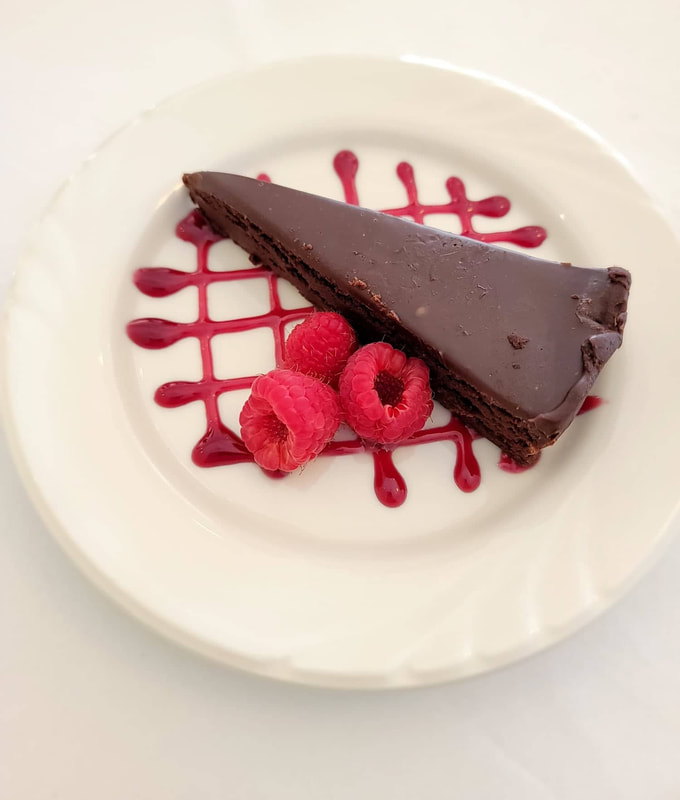
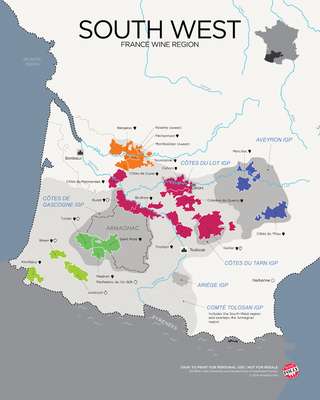
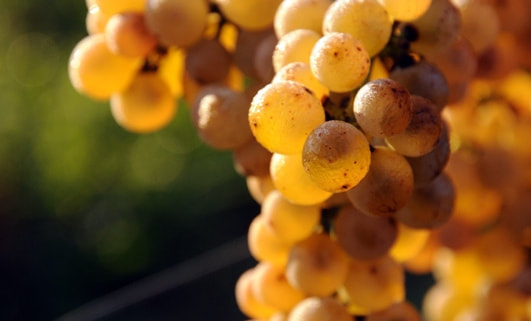
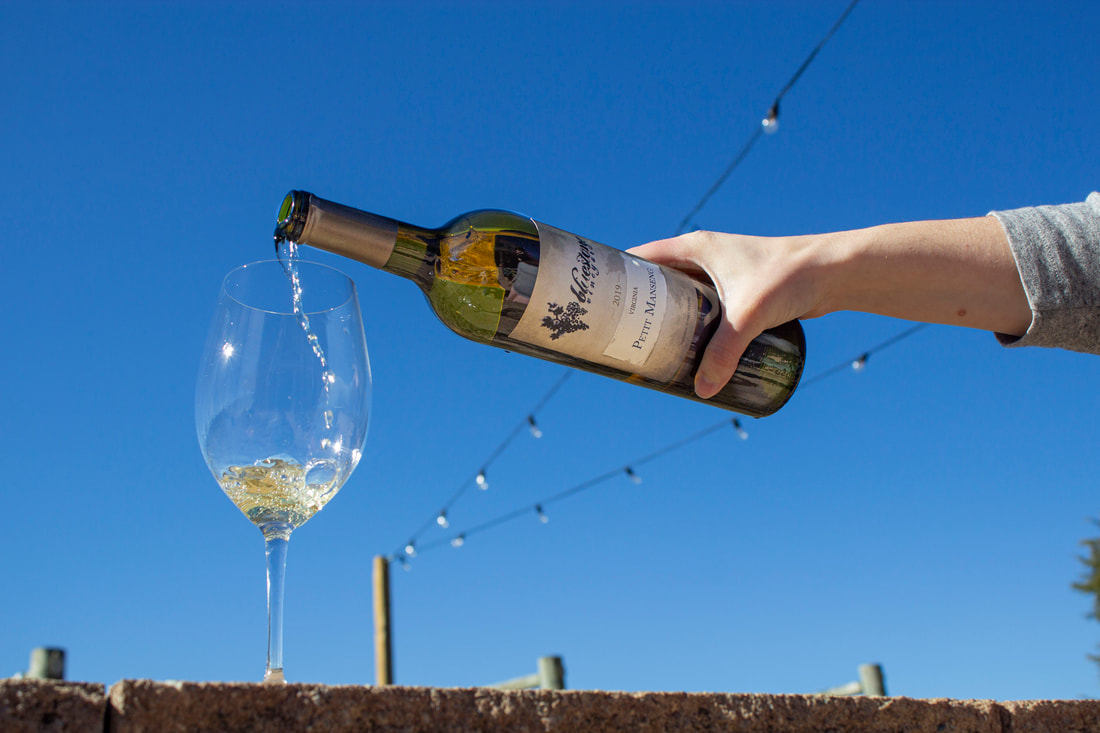
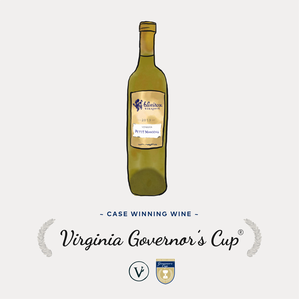
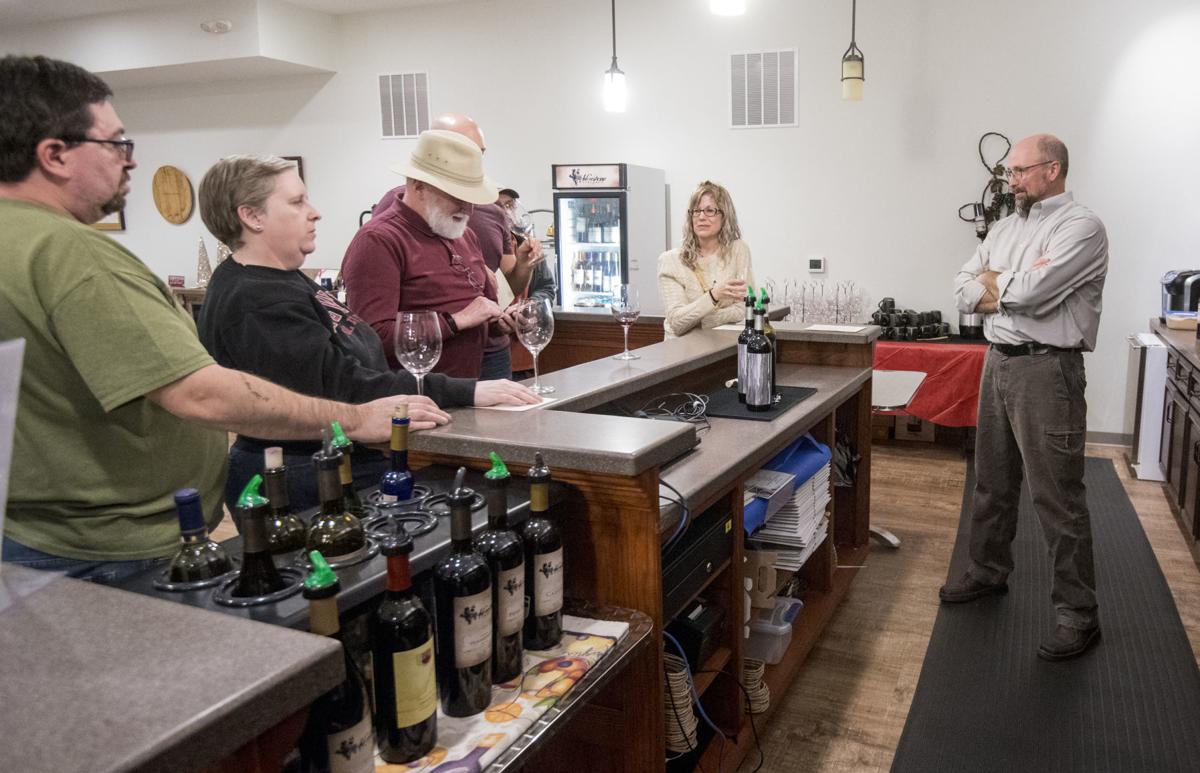
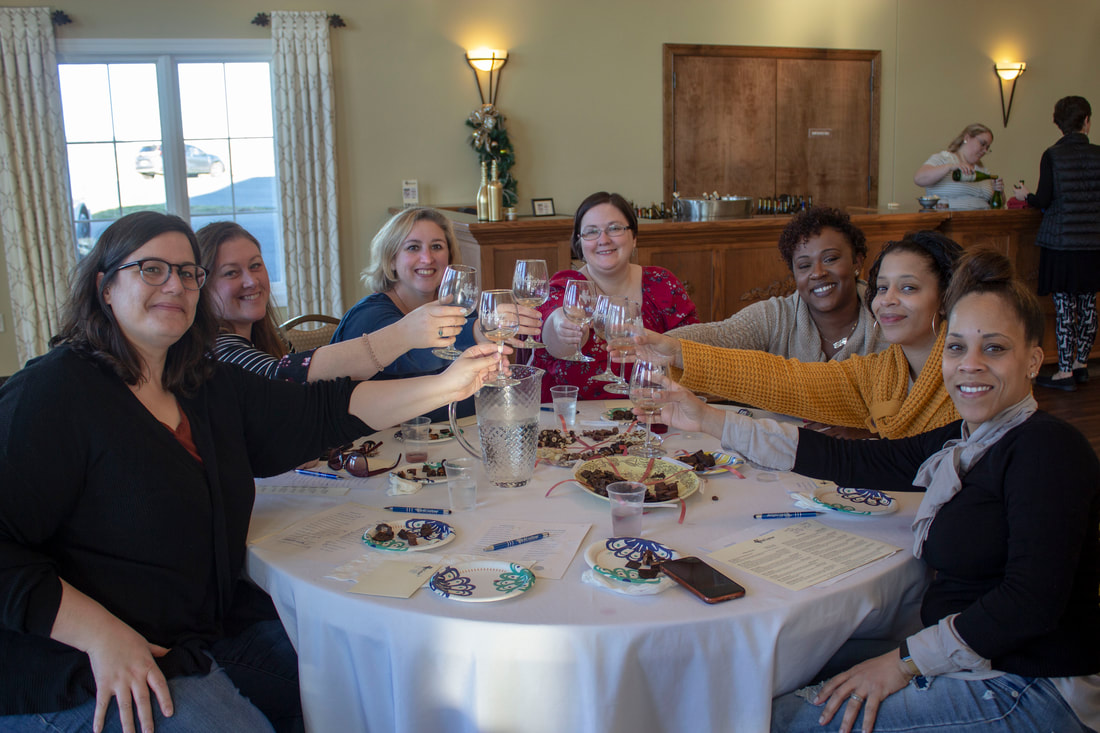
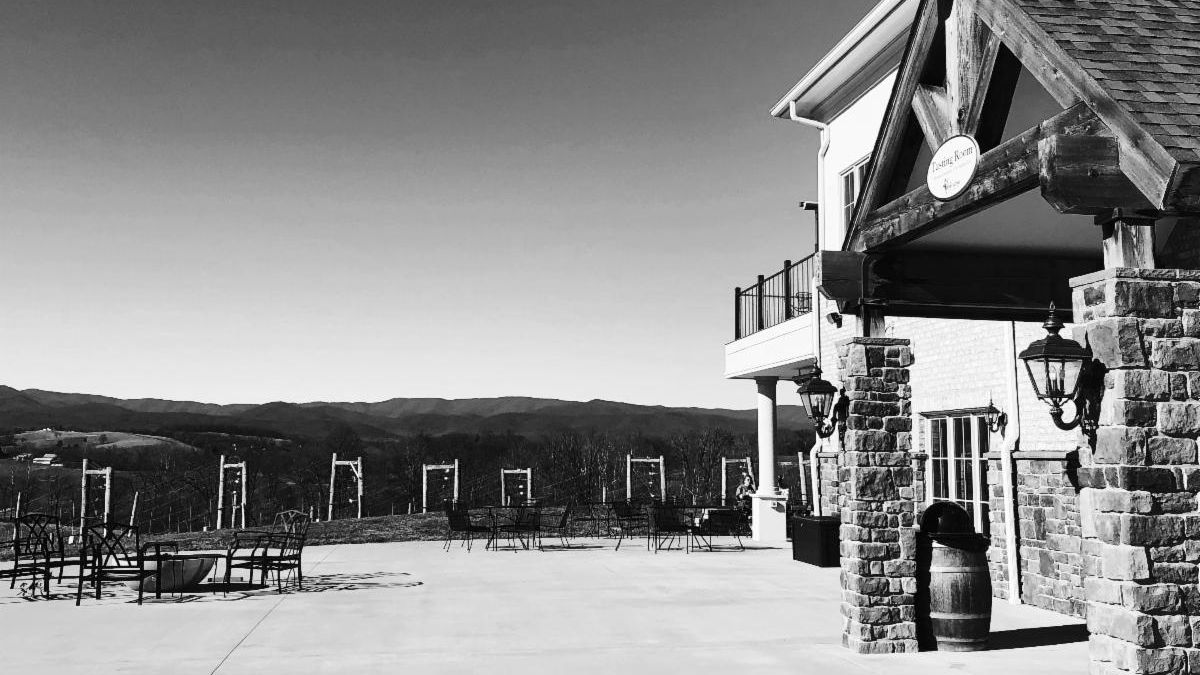
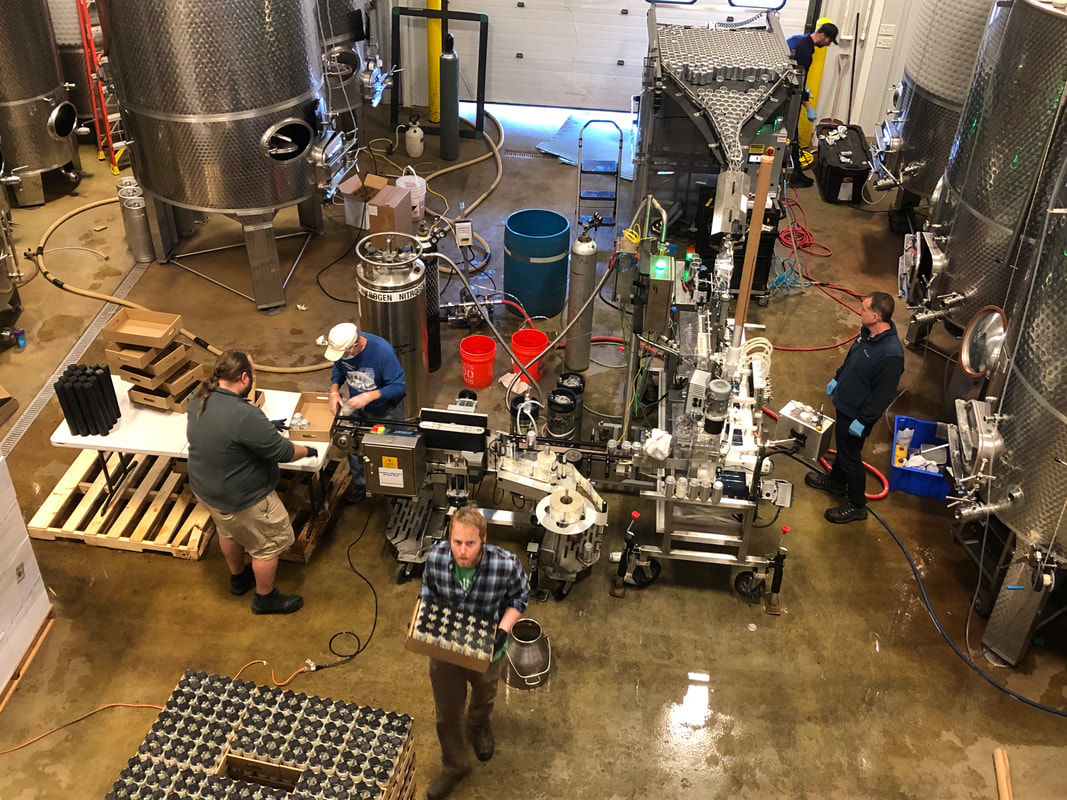
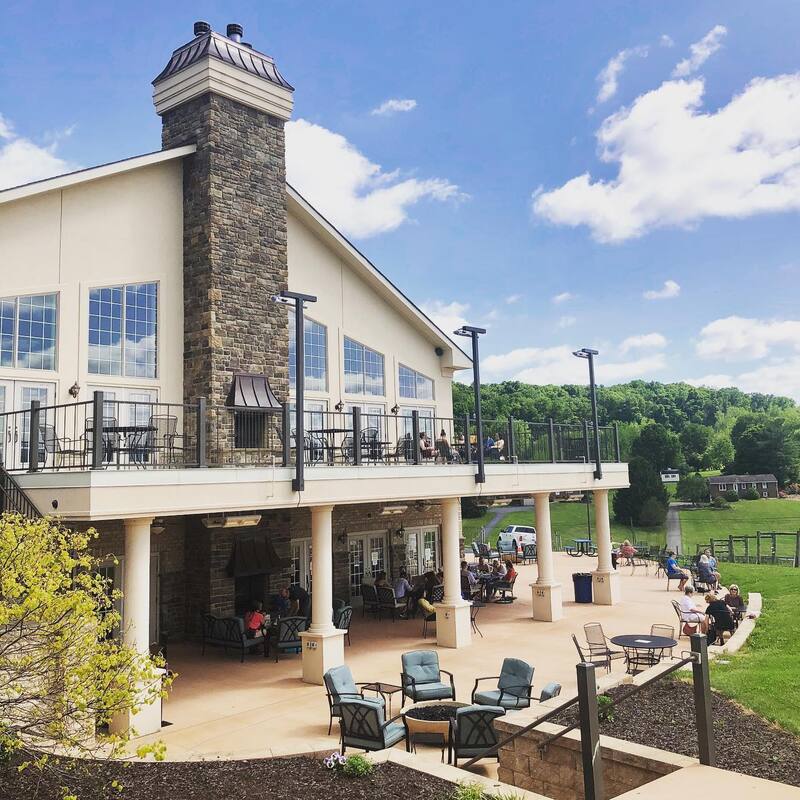

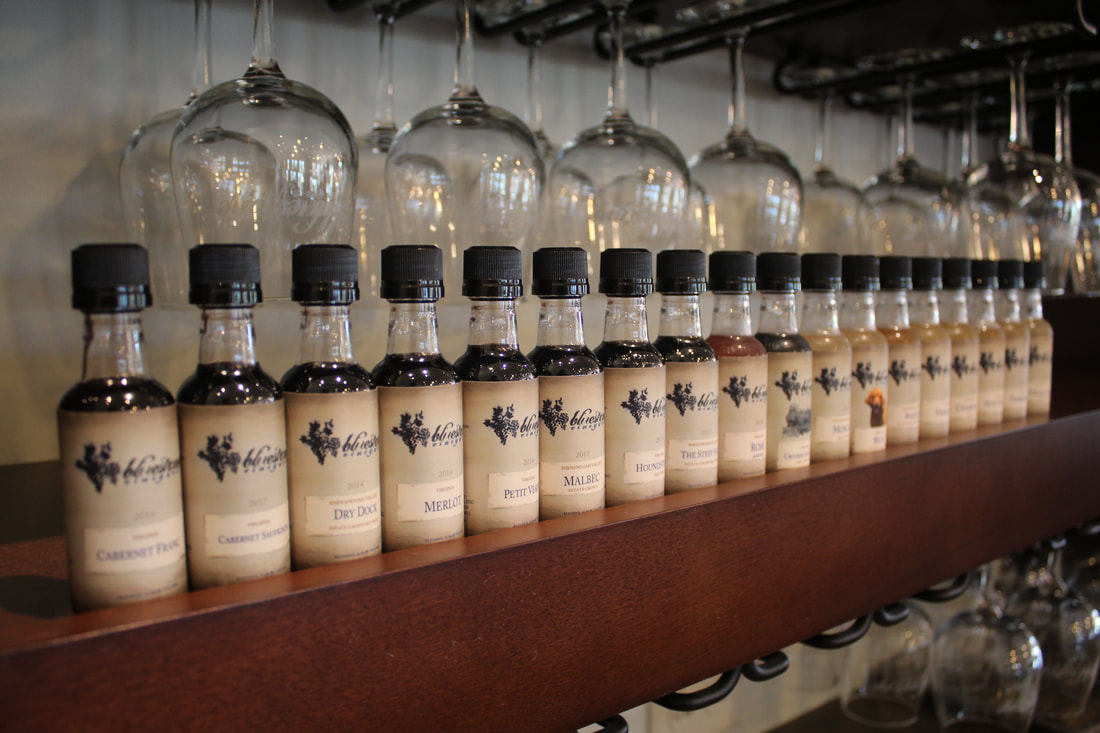
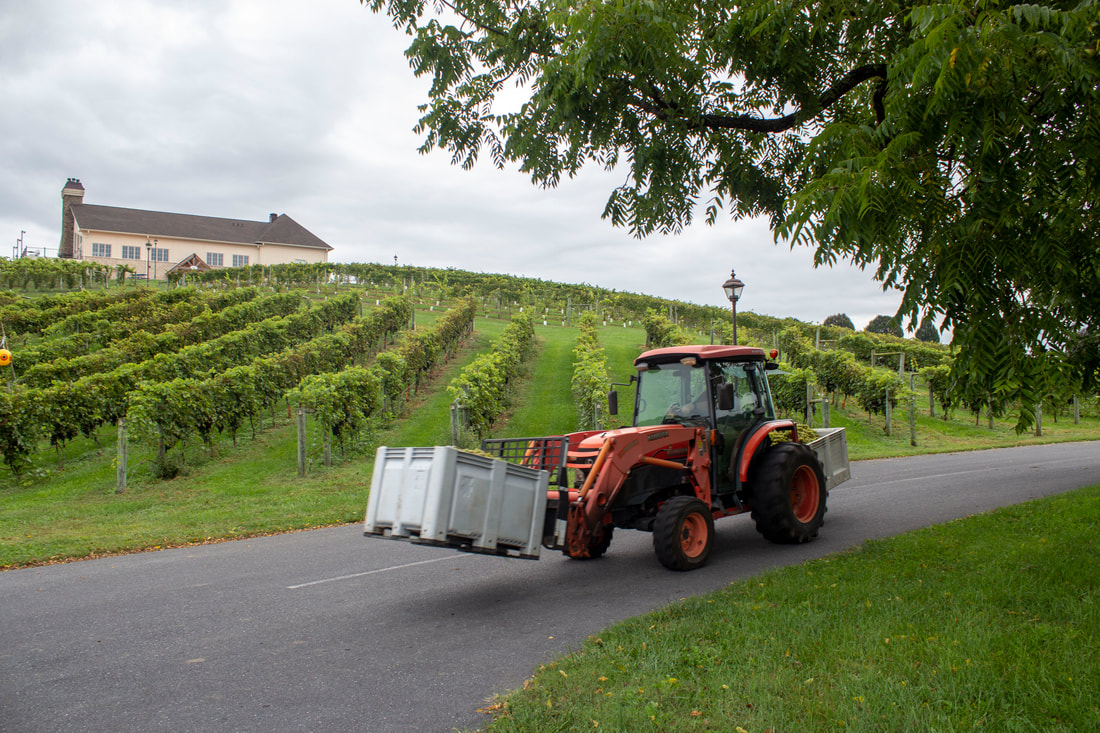


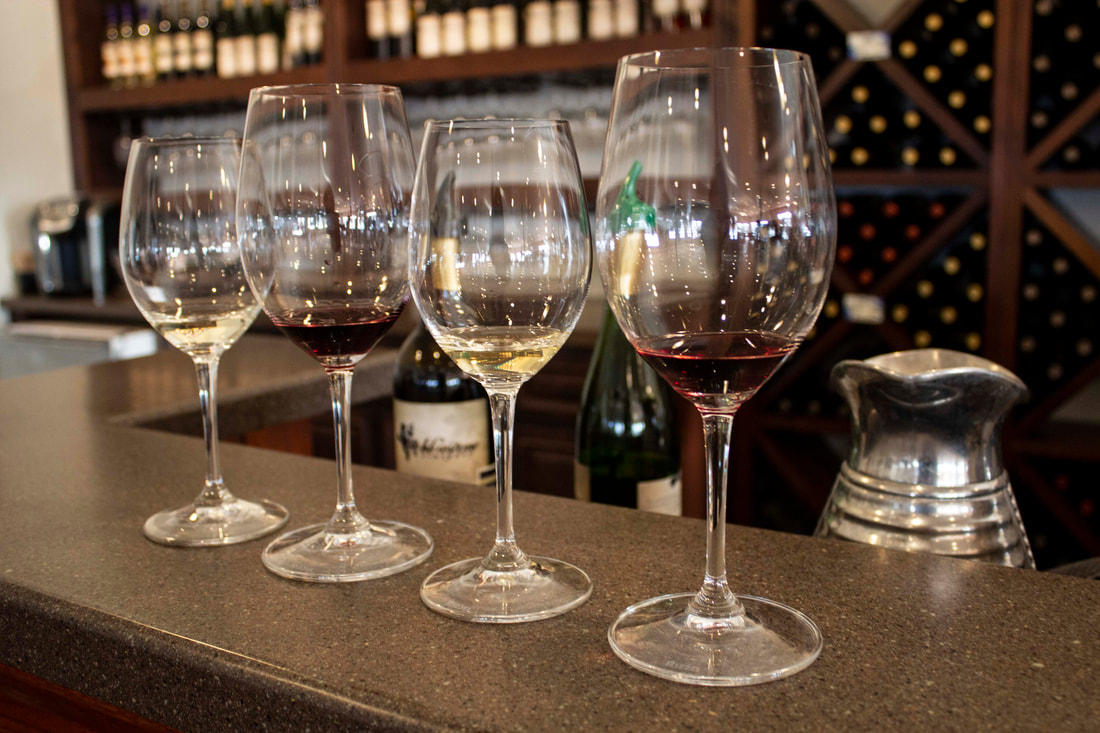
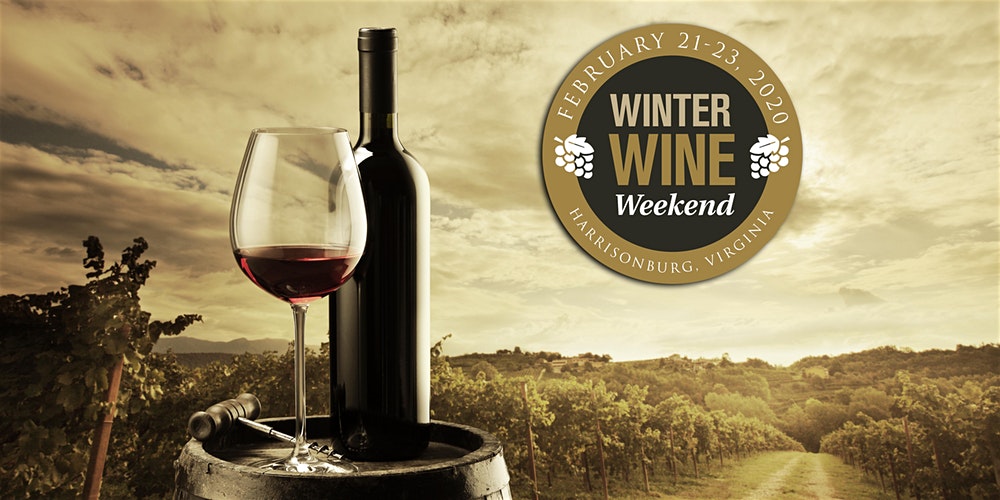
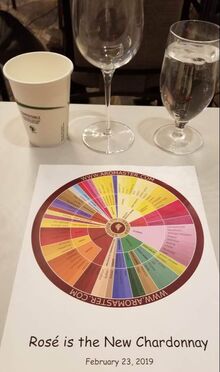
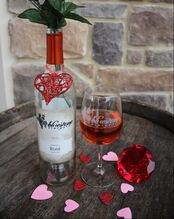
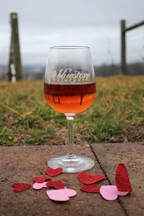
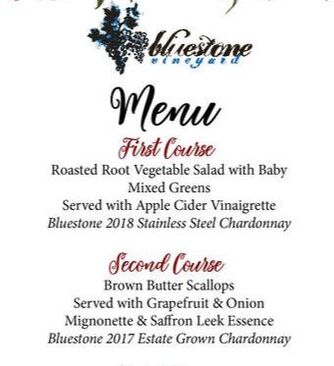
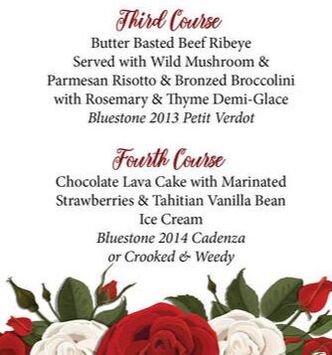
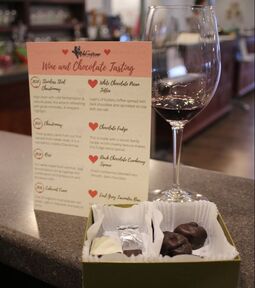
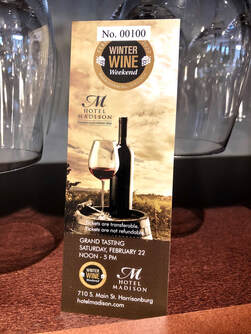
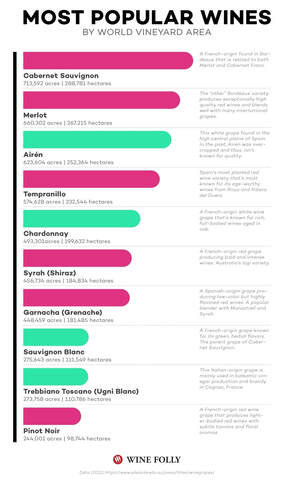
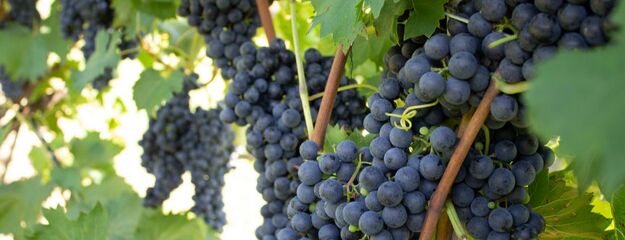
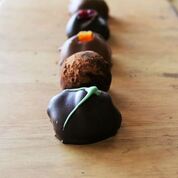
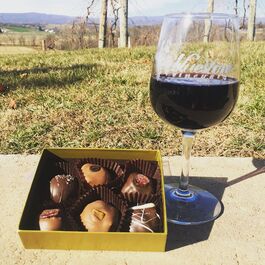
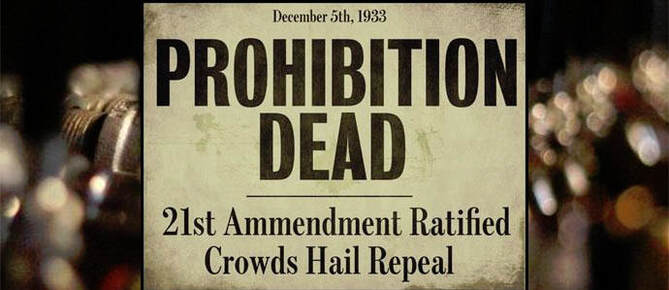
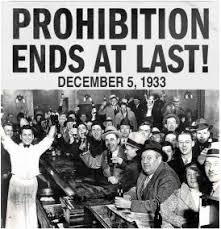
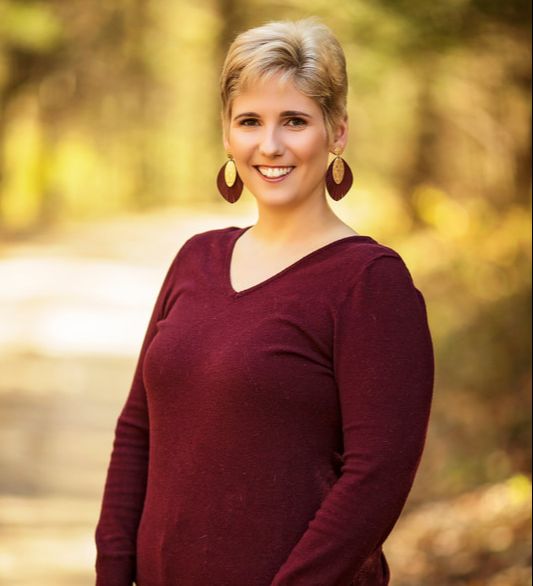
 RSS Feed
RSS Feed
